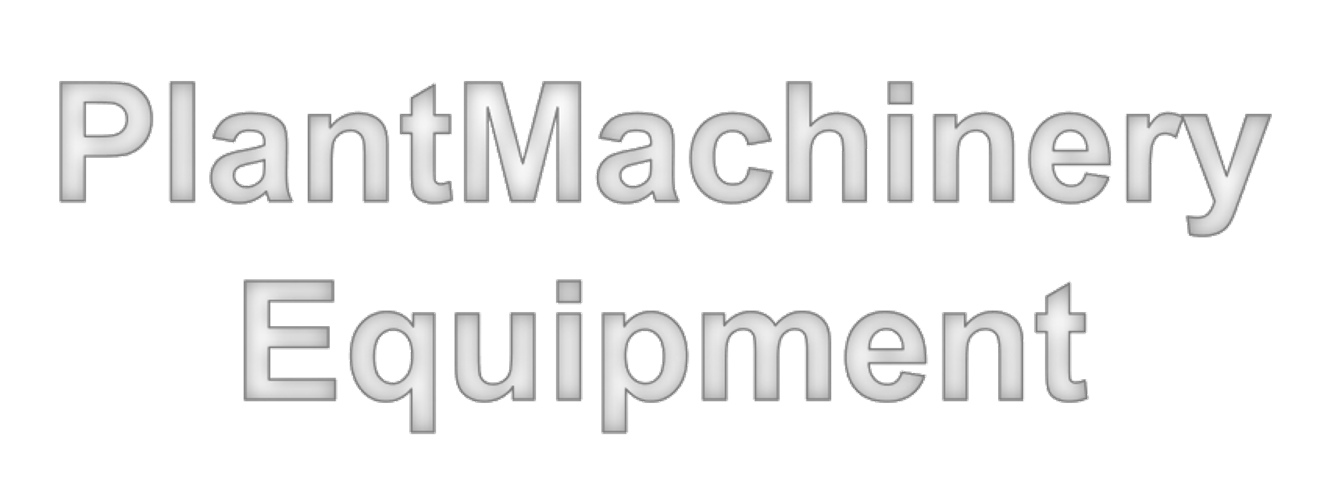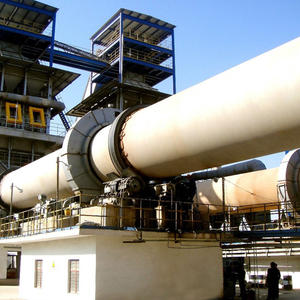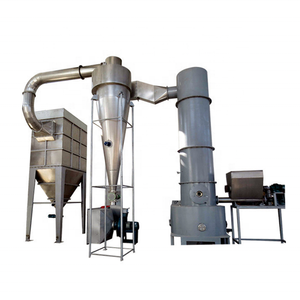Maintaining heavy machinery is a critical responsibility for mechanical engineers in industrial sectors such as construction, mining, agriculture, and manufacturing. Effective maintenance ensures operational reliability, safety, cost efficiency, and longevity of equipment. Neglecting maintenance leads to unplanned downtime, costly repairs, safety hazards, and reduced asset lifespan. This article outlines essential practices for maintaining heavy machinery based on engineering principles and industry standards.
(how to heavy machinery?)
Routine inspections form the foundation of proactive maintenance. Engineers must conduct daily pre-operational checks focusing on fluid levels, tire or track condition, structural integrity, leaks, and visible wear. Operators should verify hydraulic systems, brakes, steering, and safety devices. Weekly or monthly inspections delve deeper into components like engine mounts, electrical connections, and undercarriage parts. Documenting findings in logbooks allows trend analysis and early intervention.
Lubrication management is non-negotiable. Heavy machinery operates under extreme loads and environmental stress, accelerating wear. Adhere strictly to the manufacturer’s lubrication schedule, specifying types, quantities, and intervals for greases and oils. Utilize automated lubrication systems where feasible to ensure consistency. Contamination control is paramount; use sealed fittings and clean lubricants to prevent abrasive particles from entering bearings or gears. Regularly sample oil for analysis to detect wear metals, moisture, or chemical degradation.
Cleaning prevents premature failure. Accumulated debris—mud, dust, or chemical residues—causes corrosion, blocks cooling systems, and conceals leaks. Pressure wash critical areas weekly, avoiding electrical components and bearings. Inspect radiators, filters, and heat exchangers afterward to confirm unobstructed airflow. Corrosion protection involves applying coatings, inspecting seals, and storing equipment under cover.
Component-specific maintenance demands attention. Hydraulic systems require filter replacements per OEM schedules and monitoring for pressure drops or unusual noises. Inspect hoses for abrasions and fittings for tightness. Engine maintenance includes air filter checks, coolant testing, and exhaust system inspections. Tracked machinery needs undercarriage assessments for roller wear and track tension. Rotating elements like bearings and shafts require vibration analysis and alignment checks.
Predictive maintenance technologies enhance traditional approaches. Use vibration sensors, thermal imaging, and ultrasonic detectors to identify anomalies like imbalance, misalignment, or electrical faults. Oil analysis labs provide data on viscosity, additives, and contaminants. Telematics systems monitor real-time parameters like temperature, RPM, and fuel consumption, enabling remote diagnostics. Integrate these tools with computerized maintenance management systems for data-driven decision-making.
Operator training is indispensable. Engineers must ensure operators understand equipment limits, proper startup/shutdown sequences, and load handling. Training reduces abusive practices like overloading or abrupt maneuvers that strain components. Encourage operators to report irregularities immediately.
Adhere to manufacturer guidelines for service intervals and procedures. OEM manuals detail torque specifications, fluid grades, and component lifespans. Use genuine or certified replacement parts to avoid compatibility issues. Warranty compliance often mandates documented adherence to these protocols.
Record-keeping provides accountability. Maintain comprehensive logs of inspections, services, repairs, and part replacements. This history aids in failure analysis, warranty claims, resale valuation, and regulatory compliance.
Safety underpins all maintenance activities. Follow lockout-tagout procedures during repairs. Use appropriate personal protective equipment and ensure workspaces are ventilated when handling fuels or solvents. Never bypass safety interlocks or warning systems.
(how to heavy machinery?)
In conclusion, systematic maintenance of heavy machinery integrates inspections, lubrication, cleaning, predictive technologies, operator diligence, and strict documentation. This holistic approach minimizes downtime, optimizes operational costs, extends equipment life, and safeguards personnel. As stewards of industrial assets, mechanical engineers must champion these practices to uphold productivity and safety standards in demanding environments.


